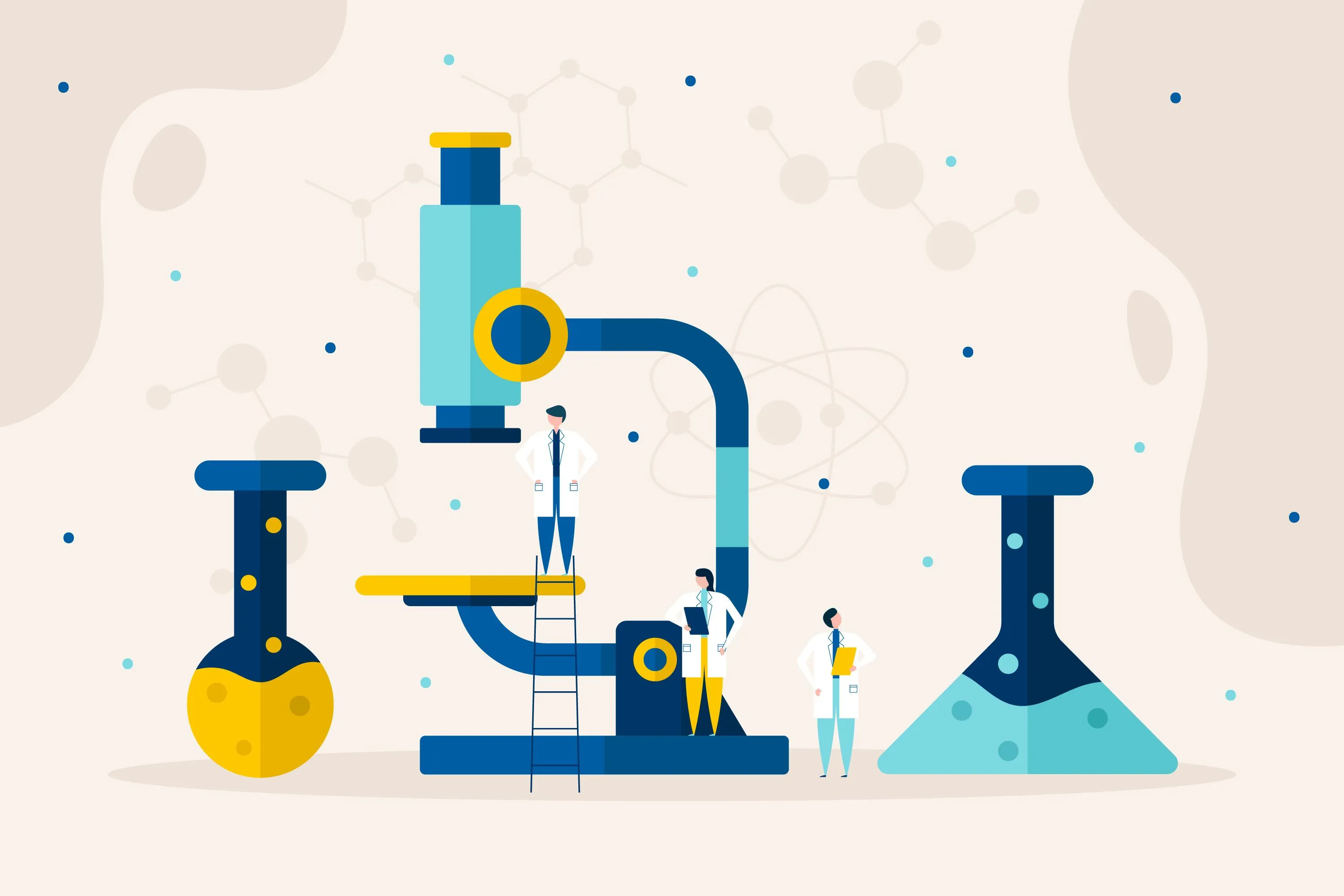
Heading

Search has always been painful in chemical companies. Ask for a heat-resistant adhesive for electronics and most systems return dozens of irrelevant matches or none at all. The issue isn’t lack of data. It’s that the data doesn’t understand itself.
Most enterprise systems store text and tables. They can list attributes but not connect them. Chemical knowledge is relational. Product performance links to properties, applications, and regional regulations. Without those relationships, search can’t find what actually matters.
Kimia solves this with knowledge graphs. The platform builds a live network of chemical knowledge from Safety Data Sheets, Technical Data Sheets, supplier documentation, and global regulations like REACH, CLP, and TSCA. Each data point is connected, contextualized, and backed by its source so users can always trace it.
When someone asks a question, Kimia’s knowledge graph doesn’t rely on keywords. It reasons through relationships. It can identify which products meet a temperature threshold, a performance claim, and a regional compliance rule at the same time. It can also find substitutes or highlight outdated documentation.
This approach transforms daily work. Compliance teams see the full picture instead of isolated facts. Sales teams can generate quotes confidently knowing every recommendation is verified. Analysts spend time acting on insights rather than reconciling mismatched spreadsheets.
Discovery that once took weeks now happens in days. Accuracy improves because every answer carries provenance. The result is faster, cleaner, and more trusted decisions.
For CIOs, the takeaway is simple. Better search doesn’t come from more data fields. It comes from smarter structure. Knowledge graphs don’t store data. They teach it how to connect.








